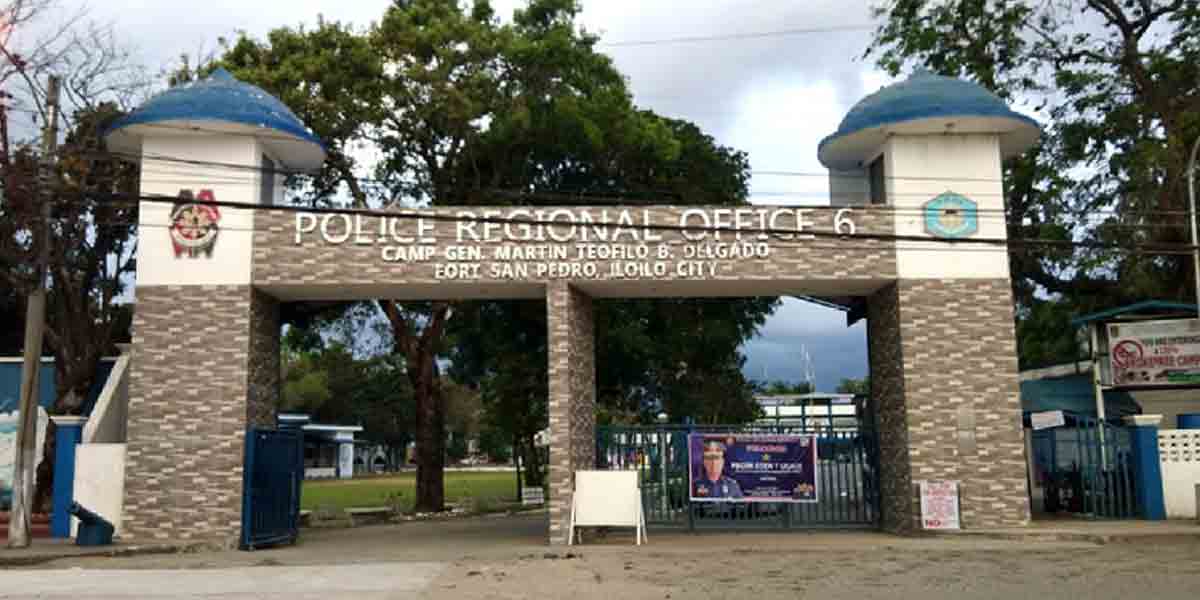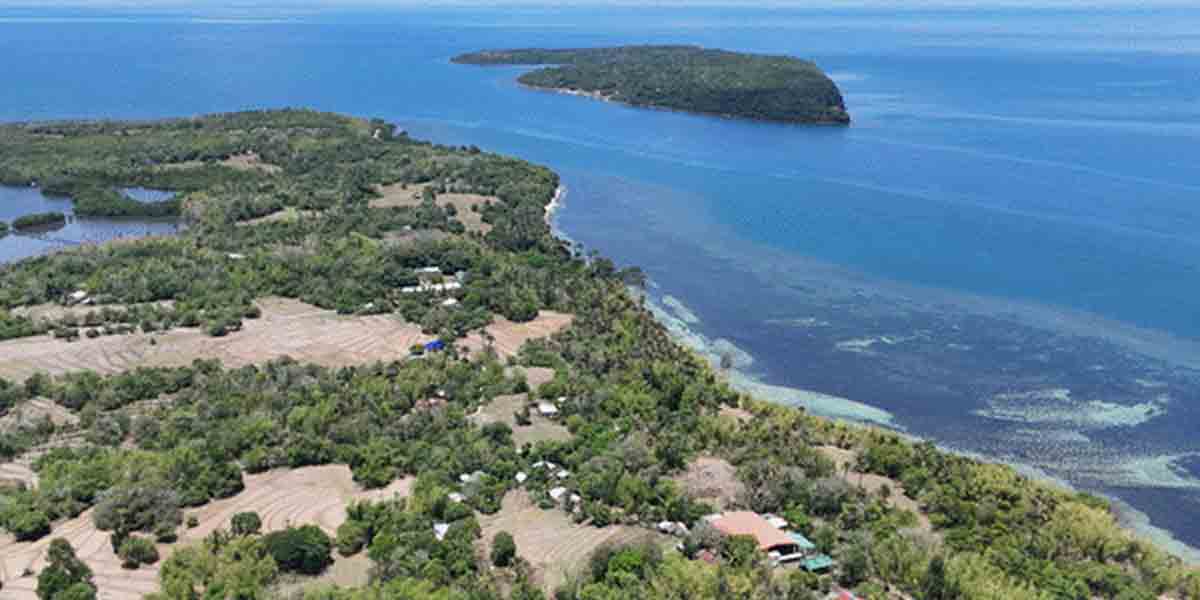 By Modesto P. Sa-onoy
By Modesto P. Sa-onoy
The government operation to remove all illegal structures particularly those that obstruct the flow of traffic, both vehicular and pedestrian, went on frenzy last September after the President issued the order. The owners of these structures were caught unaware although they were given time allowance to voluntarily remove their structures that had been constructed for a long time, some for over 50 years.
Threat of suspension and even dismissal moved local officials to act with dispatch and vigor. Even the Department of the Interior and Local Government that is mandated to oversee the functioning and performance of local governments started to talk big and local officials suddenly developed a will to enforce the law. In truth, these officials have by neglect or design allowed and abetted the multiplication of these illegal structures.
After the reports were in by October, the operation came to a full stop although officials declared the clearing operations would continue. But for this declaration, the fact is that the work came to halt. Local officials were happy with what they claimed over 80% performance that the DILG confirmed. In truth, both pulled blinds over the public eye
Percentages are useless as a gauge for determining performance unless the percentage point has a concrete number upon which it was based. Eighty or ninety percent of what? Ninety percent of ten illegal structures is nine – only nine were demolished. But is that better than 50% of 100?
The problem with the LGU and DILG figures in percentage points did not give us a credible basis to determine performance. So what happened is that while Bacolod had claimed 87% achievement, the fact is that there are plenty of illegal structures still standing and some partly demolished and others demolished with the debris left on the spot and negated the purpose for which the clearing operations were intended.
So now Bacolod will resume removal of these structures. In a press statement, city officials said the DILG Circular 2019-121 emphasized that the operation “is a continuous program of the government particularly in the clearing of the public nuisance along the public roads, alleys, sidewalks and thoroughfares.”
If that were so, why were they not suspended in the first place since October 2019 when the city had only 87% compliant? This means that several barangays failed.
The news report, attributed to city officials, also said barangay officials were required to submit their accomplishments and these will be surveyed and inspected again to ensure that there is no repetition or rebuilding of the demolished or removed structure.
Although we noticed there are few “returnees”, the debris left behind had not been removed negating the purpose of the clearance. The itinerant vendors are back, and even mobile notary public “offices” are back parking during office hours.
One glaring failure even with the first phase of the clearing operations is the removal of illegally parked vehicles. Have you seen a towing truck? How many vehicles park on the sidewalk even in the presence of traffic enforcers? If the percentage is to be the gauge, I would say the city has zero performance in this form of obstructions.
And how about the “extension” of stores that display their goods and wares on the sidewalk? Or those repair shops using the road and stores of car accessories using the road to install their gadgets?
There is also an order to clear the structures on the shorelines – shanties, dwellings, and garbage dumps, to cite a few on the DILG list. How about those structures built right on the creeks of Bacolod and almost everywhere? Bacolod does not have farmers drying their palay on half of the road but there are in many towns and barangays of Negros.
The DILG list is practically comprehensive, and on this basis alone can we say Bacolod had achieved 87% compliance?
We go around the city almost every day and we see things that DILG personnel apparently do not see or seeing keep a blind eye. The first report is unbelievable in that it does not correspond with the facts on the ground. We don’t even know whether the structure, partly demolished but its rubble left behind is considered compliance.
Performance or compliance by LGUs will be assessed monthly but more than the broad percentages, DILG should reveal the actual number and even their locations.





















